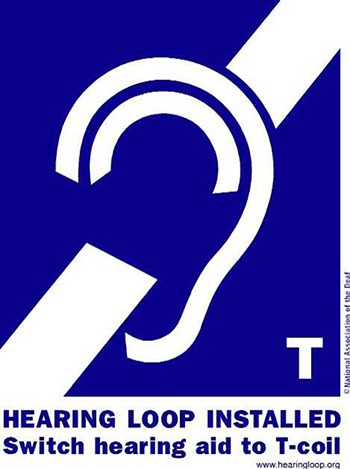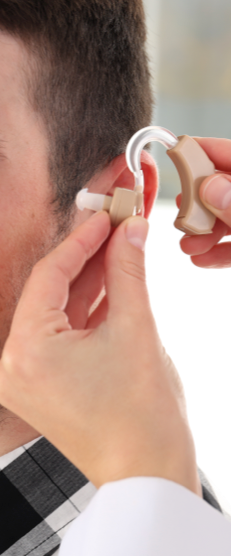Health professionals use a variety of names to describe assistive devices, determined by the key intended function of the device:
- Assistive listening devices (ALDs) help act as hearing amplifiers by prioritizing the sounds you want to hear, especially where there’s a lot of background noise. ALDs can be used with a hearing aid or cochlear implant to help a wearer hear certain sounds better.
- Alerting devices connect to a doorbell, telephone or alarm that emits a loud sound or blinking light to let someone with hearing loss know that an event is taking place.
- Augmentative and alternative communication devices (AAC) help people with communication disorders to express themselves. These devices can range from a simple picture board to a computer program that synthesizes speech from text.





